Behind the Scenes: Tintype Wizard Giles Clement
Stroll into Harlow on SE Hawthorne Blvd. and you’re likely to see lots of happy faces consuming gluten-free, organic vegetarian goodies. Quintessentially Portland, the eatery gets a quick mention in Burying My Dead because its walls are decorated with distinctive, hauntingly last-century photographs by Giles Clement. I didn’t know Giles by name at the time I was inspired by his work, but his tintype photographs of ordinary 21st century people are nothing short of magical. Giles employs the same chemicals and photographic methods of his nineteenth century predecessors, the same methods that my character, Simeon Small, used in the field and studio. His contemporary tintypes sparked the supporting role of Hutch, whose interest in tintypes and historical photographs is key to unraveling the genealogical puzzle at the heart of Burying My Dead.
Wetplate photography originated in 1851, and took to the field during the Civil War. Black glass is coated with the fluid, collodion, which is a mixture of cotton, ether, alcohol and acid; the plate is then dunked into a tank of silver nitrate, which makes it light-sensitive – like film. In this age of flawless digital images, Giles was drawn to the imperfect aesthetic of tintypes. Through the science of chemistry and a healthy dose of preparation and artistic talent, Giles turns out striking, soulful portraits using a lens manufactured in 1849. The work is technically demanding, and it’s a slow process, each image taking about ten minutes. I encourage you to watch Giles at work https://www.youtube.com/watch?v=-wNlyfk4Mig
At the time I saw Giles’ work, he was living in Portland, trying to make a go of it. Unfortunately, he didn’t find our fair city conducive to actually making a living through artistic pursuits. That’s a real pity, because we lost a great talent. Still busy and exploring, this summer Giles is taking his show on the road, concentrating on big, 16x20 ambrotypes. Tour stops include major east coast cities and Los Angeles. Interested in sitting for a portrait? Schedule one at https://www.gilesclement.com/tour/
“At the end of the day,” Giles said in an interview with photoblogger.com, “it’s really not about the camera you use; it’s about the story you’re trying to tell.” As a novelist, I couldn’t agree with him more.
